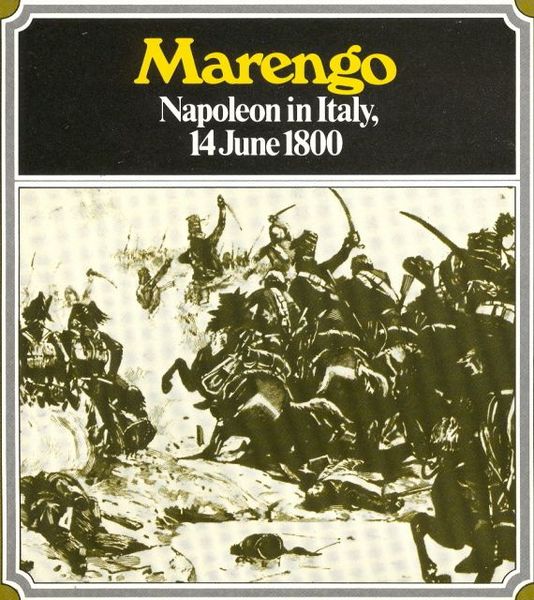Marengo: Napoleon in Italy, 14 June 1800 (1975) Board Game
Marengo: Napoleon in Italy, 14 June 1800 is a historical wargame that simulates the Battle of Marengo, a pivotal engagement fought between the French army under Napoleon Bonaparte and the Austrian army in northern Italy on June 14,
Game Components of Marengo: Napoleon in Italy, 14 June 1800
How To Setup Marengo: Napoleon in Italy, 14 June 1800
To set up the game, players first lay out the hex grid map, then place the unit counters according to the initial deployment rules. The French player sets up their forces with limited movement capabilities on the first turn, while the Austrian player deploys their units as per the historical battle lines. Each player receives a set of rules and counters specific to their forces. The game is ready to start once all units are placed and players understand their starting conditions.
Gameplay Mechanics and Game Objective
Player Experience
Playing “Marengo” offers a fast-paced and engaging experience, particularly for those interested in Napoleonic-era battles. The game captures the seesaw nature of the historical battle, where initial Austrian successes are countered by French reinforcements. While some critics have noted historical inaccuracies, the game is praised for its quick playability and simplicity, making it a good introductory game for wargaming.
Pros
Cons
Personal Thoughts on Marengo: Napoleon in Italy, 14 June 1800
This game is ideal for those new to wargaming or interested in Napoleonic history. Its simplicity and quick playtime make it an excellent introduction to more complex wargames. While veterans of wargaming might find some mechanics too simplistic or historically inaccurate, “Marengo” remains a fun and educational experience that can spark further interest in historical battles and wargaming in general.
We are supported by our audience. When you purchase through links on our site, we may earn an affiliate commission, at no extra cost for you. Learn more.

